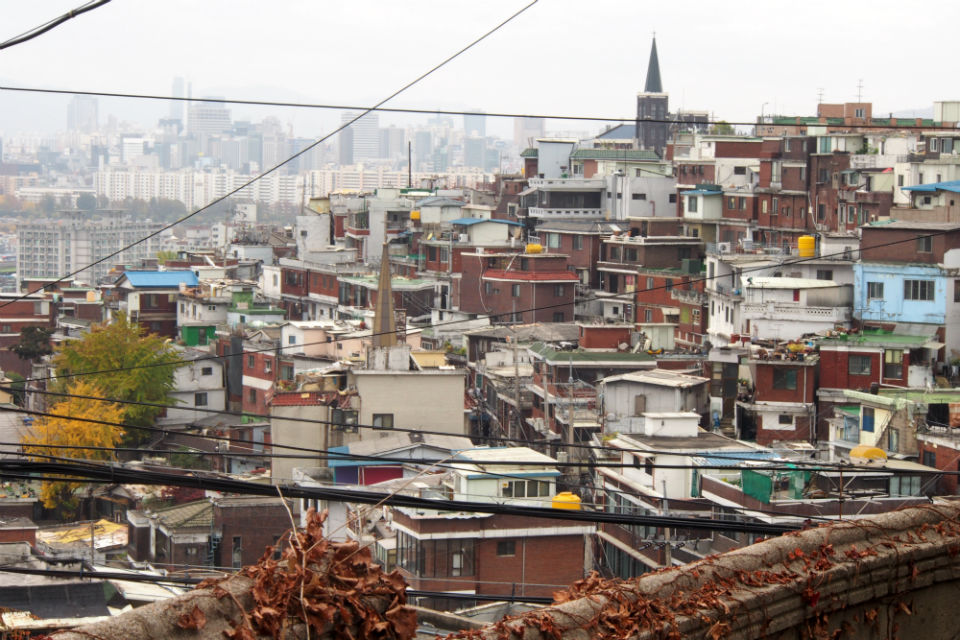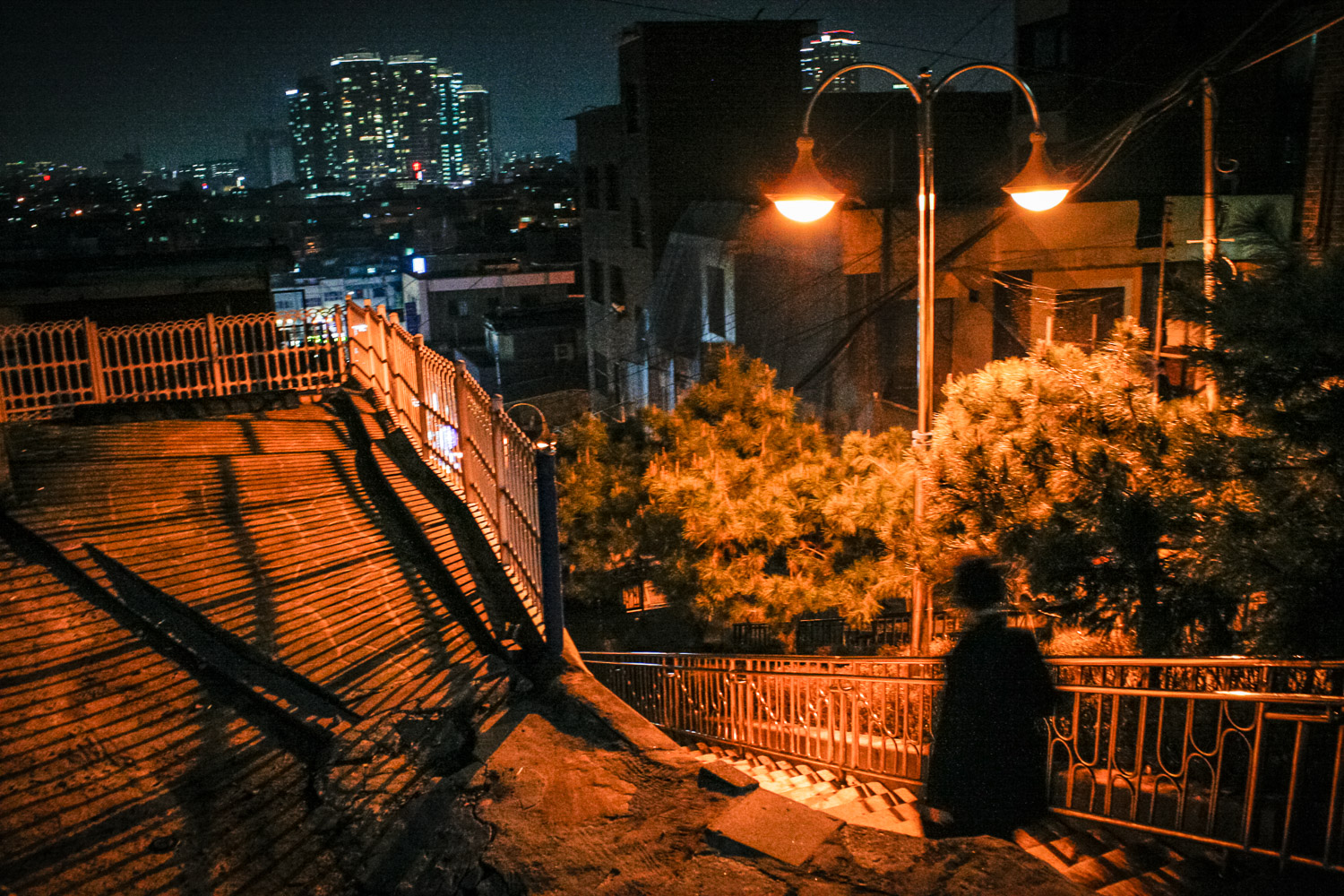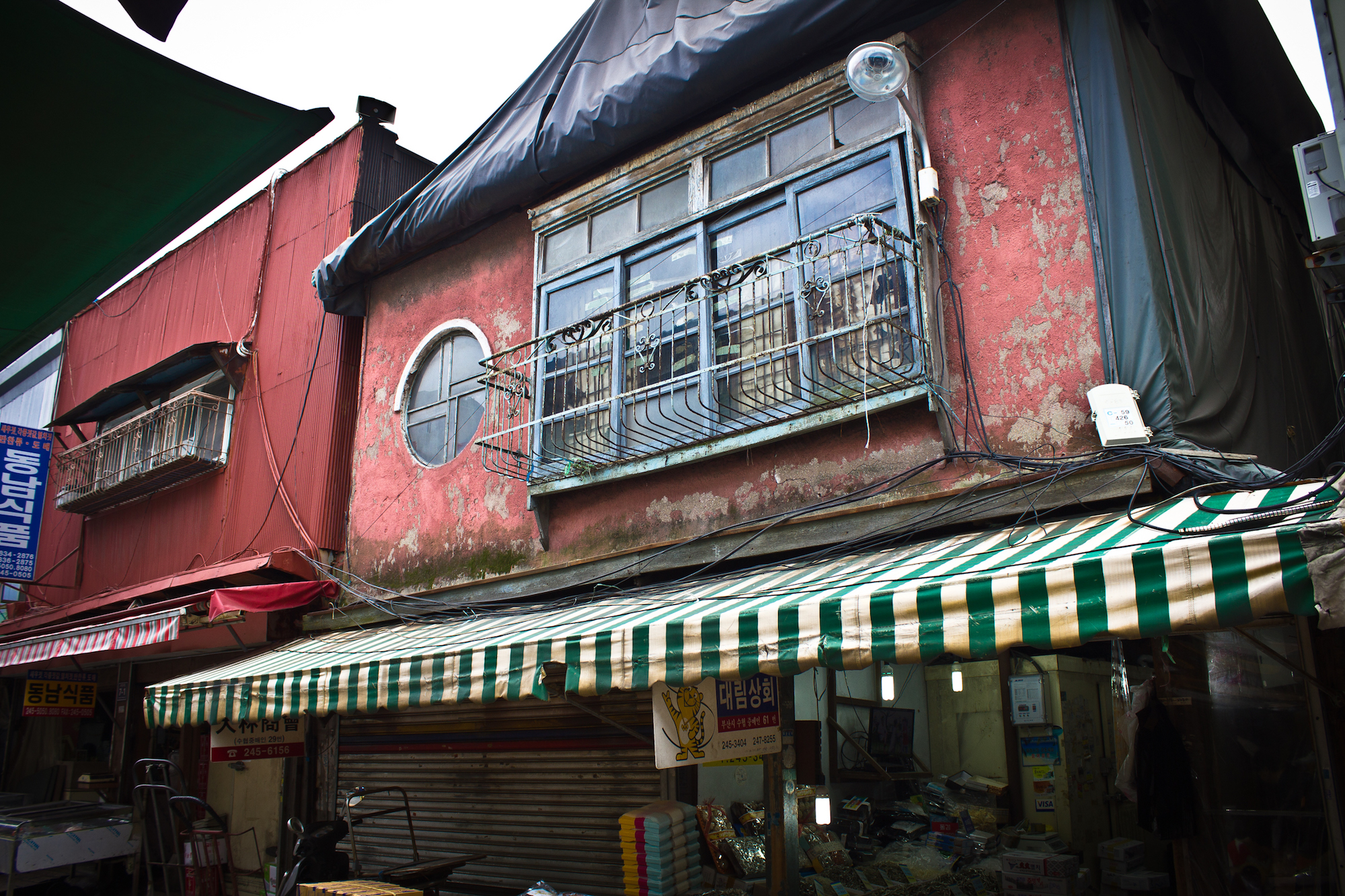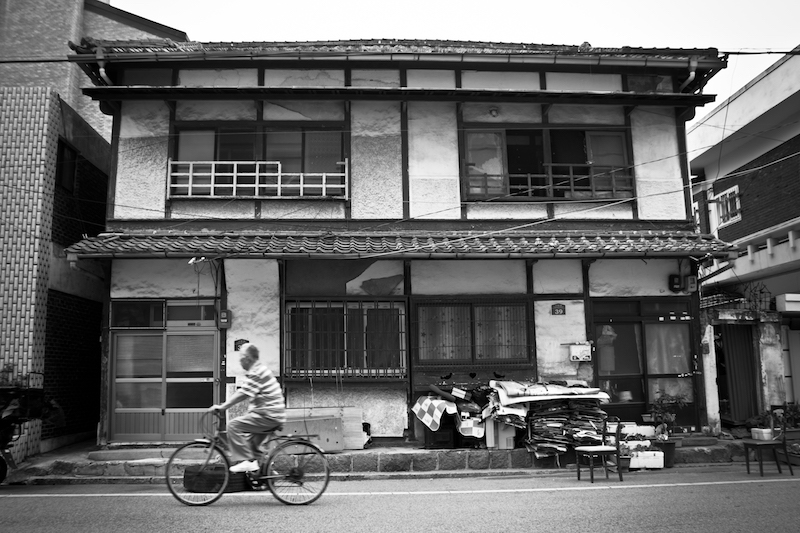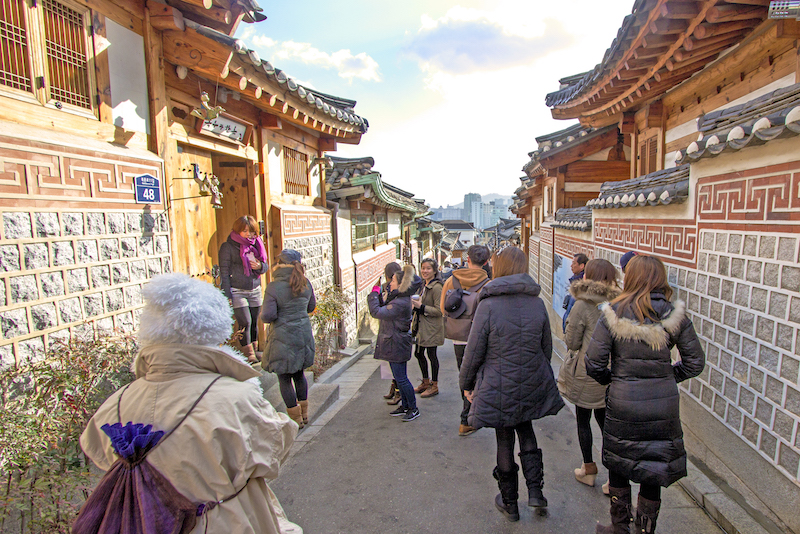architecture
51240
The Palace's Painful Past
When it was built in 1909, the Grand Conservatory in Changgyeong Palace was the largest of its kind in Asia. After years of restoration, the conservatory has been opened to the public just last month. Is it a symbol of colonialists and capitalites tainting the royal legacy of the Joseon
A Complex Issue: The Apart-ization of South Korea
Itaewon has a reputation as Seoul’s ‘foreign’ area. Standing next to U.S. Army Garrison Yongsan, it has long catered to the off-base needs and urges of military personnel, gaining a sleazy reputation in the process. Many South Koreans were afraid to set foot there until a few years
Haebangchon's Forgotten Past: A Stairway, A Shrine and The War Dead
There’s a stairway on the outskirts of the hip Haebangchon area in Seoul — one that doesn’t really merit a second look. No impressive characteristics beyond its steepness, nothing spectacular in its surroundings. No chic bars, no hipster coffee shops. There’s no reason to remember, much less
Finding Remnants of Colonial Architecture
After Korea’s liberation from colonial rule in 1945, feelings were running high. Many Koreans called for the destruction of prominent colonial-era structures, not least the Shinto shrine on Namsan and the Government-General building in Gwanghwamun. Perhaps fortunately, critics noted that such plans were impractical as any demolition policy
Hope for Korea's Surviving Colonial Architecture
Once during an afternoon trip to Miryang, Gyeongsangnam-do, I found myself photographing a small parking garage. When an older South Korean man came to get his motorbike, he casually asked my friend and me what we were doing there. I told him I liked old architecture and, in making small
Bukchon: Seoul's Destruction of Heritage
Gahoe-dong — “the place where beauty gathers” — was the last district in Seoul with whole streets of wood-and-tile houses, preserving the ambiance of the city a century ago. But after six hundred years at the heart of Korean cultural and social life, it has been relentlessly destroyed. Gahoe-dong is part of

